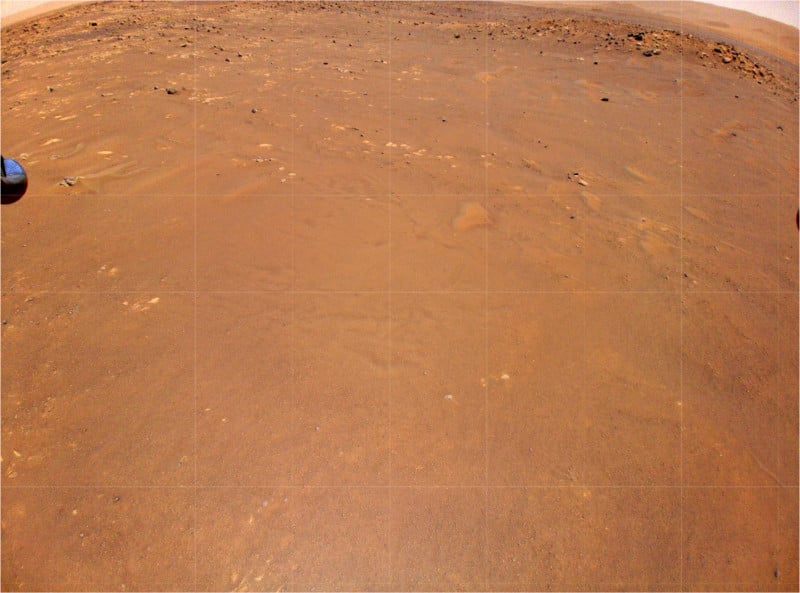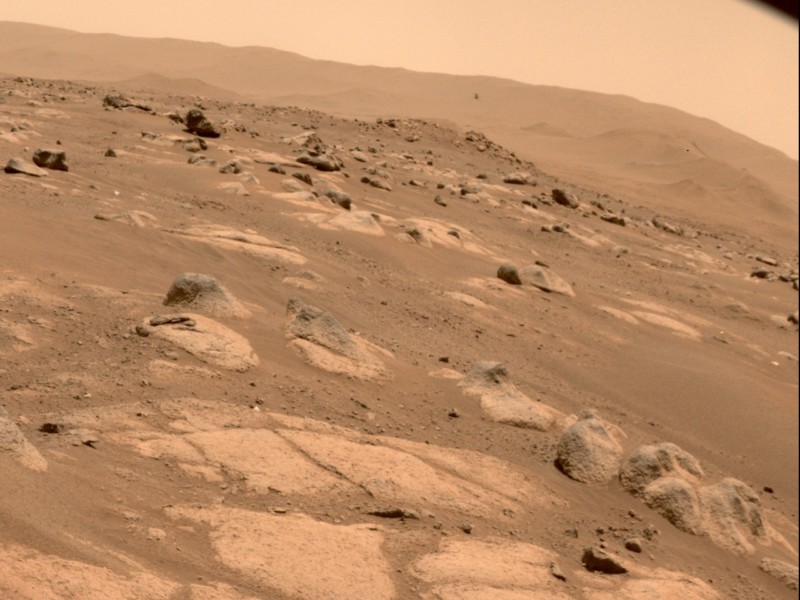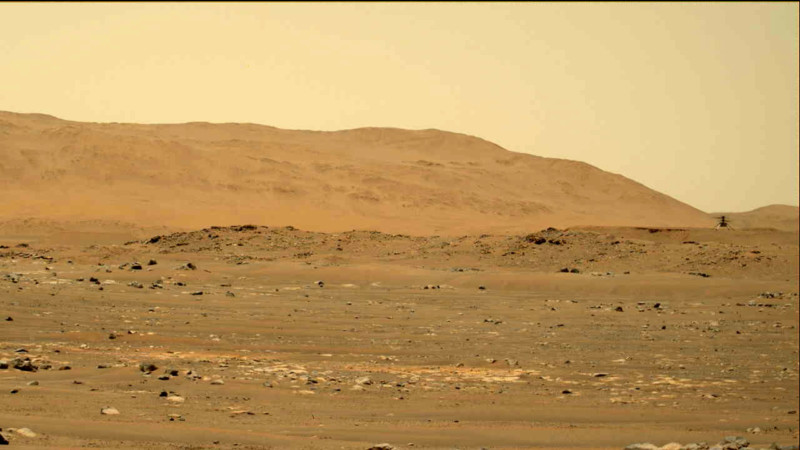Watch and Listen to NASA’s Ingenuity Drone Fly Over the Martian Surface
NASA has shared a video that not only shows the Ingenuity drone flying above Mars but also contains audio, allowing all to hear the sounds of the drone zipping through the air. It is the first time a spacecraft on another planet has recorded sounds from another spacecraft nearby.
As noted by NASA, “on April 30, 2021, NASA’s Perseverance rover made history as the first spacecraft to record sounds from another spacecraft on another planet.” The historic achievement came during Ingenuity’s fourth flight, and the microphone included on the SuperCam laser instrument aboard the Mars Perseverance rover captured the sound of the drone’s rotors through the muffled wind.
Discussion



